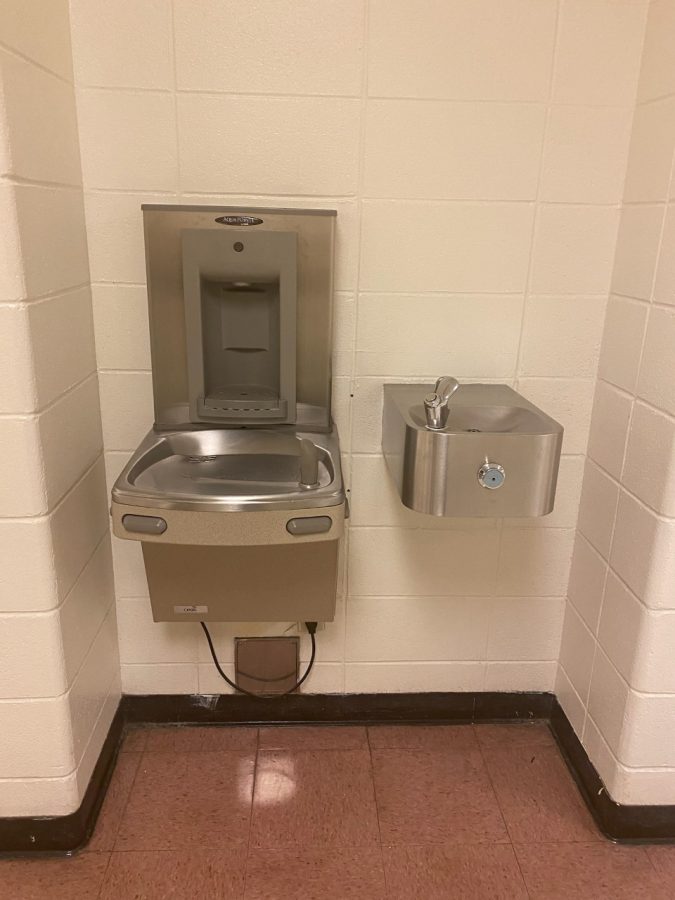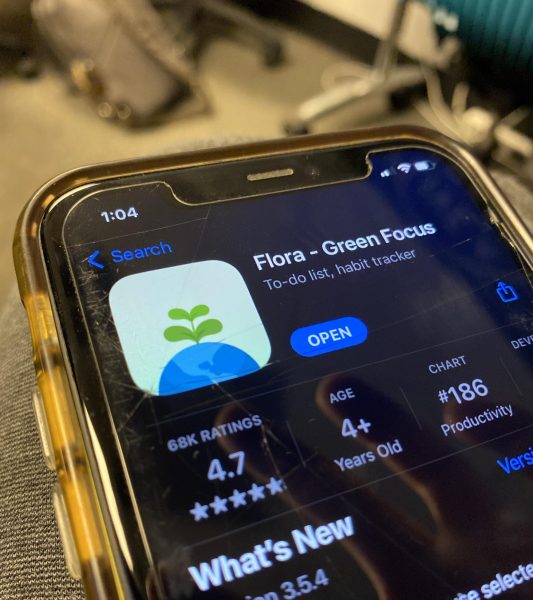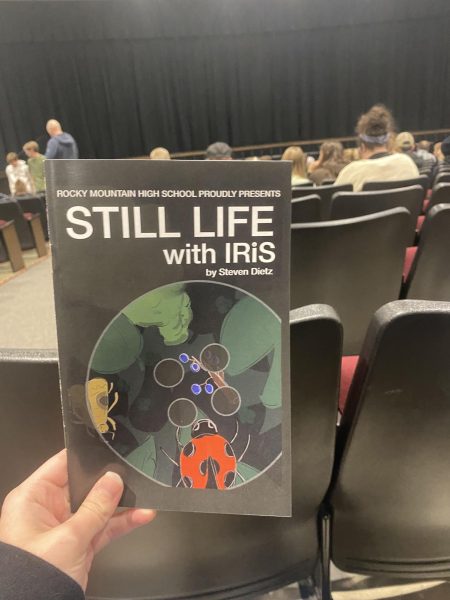Could a Fish Live in Rocky’s Water Fountains?
Have you ever thought about putting a fish into the water fountains at Rocky?
In order for a fish to live and thrive, the water needs to meet specific standards. The carbon dioxide concentration should be around three parts per million, or ppm. To put that in perspective, that is approximately 0.003% gas.
The nitrite in the water should range from zero to 40 ppm. Next, the pH level is critical, with a particular range. Anywhere from 4.0 to 6.5 and 9.0 to 11.0 is fatal for fish. The acceptable range of ph levels that a fish can live in is 6.5 to 9.0. Most fish are able to adapt to pH levels as low as 6.0.
The last factor that plays into this experiment is dissolved oxygen, or DO. The most acceptable level of DO is 5 mg/L. Anything below, and even the strongest of fish may not survive. Lastly, the temperature of the water needs to be around 18-29°C for a fish to survive. For a fish to swim in Rocky’s water fountain water, we must reach these requirements.
I tested the school’s water in four different areas of Rocky to see if a fish could live in our water fountains. The four areas tested were the athletic hallway, Maroon Bells, the small square, and the airlock.
To start, I tested the nitrite concentration. In the athletics hallway, the level was zero. In the other three areas, I got the same results. Luckily, this won’t hurt a fish, because the level is in the tolerable range.
I tested the pH levels next, and I got some varied results this time. The levels in both the athletics hall and the small square were 6.4, which is just a little bit below the pH level that fish need. While it is out of the living range, some fish are able to survive in water with pH levels a little out of the survivable range. It’s another story in Maroon Bells and the airlock. The pH in Maroon Bells is 6.0, while the airlock is 6.2 It is possible that some fish may be able to live in these waters, but it’s very unlikely.
Next tested was dissolved oxygen. Each area had a different level, most of which aren’t the safest for fish. In the athletics hall, the level was 6.58mg/L, which is about 2 mg/L above the recommended amount. In both the small square and the airlock, the amount ranged from 7.46 to 7.72mg/L. In Maroon Bells, the DO level was 6.96mg/L. It’s not looking good for our fish so far.
The carbon dioxide concentrations in each water fountain weren’t all so different. Three out of the four had concentrations of 3ppm, or 0.003% gas, a liveable range for fish. The odd one out was the Maroon Bells water, with a ppm of two, which is equal to 0.002% gas. Maroon Bells may not be able to hold fish in its water, but the rest should be fine.
I tested the temperature of the water last. The temperatures ranged from 14°C in the athletics hallway to 10.8°C in the Maroon Bells hallway. Even though fish can actually adapt to cold water by creating antifreeze proteins, it would most likely take generations of bloodlines to reach that state. So, unfortunately, this factor proves that fish are very unlikely to be able to survive in our water fountains.
If you were thinking of putting fish in our water fountains, don’t expect them to last too long. One thing is for sure though, our Rocky water may not be safe for fish, but it is safe for students and staff to drink.
Your donation will support the student journalists of Rocky Mountain High School - CO. Your contribution will allow us to purchase equipment and cover our annual website hosting costs.

Finn is a sophomore student at Rocky. Outside of school, he enjoys painting, archery, and hanging out with his friends. After graduating, he plans to get...






